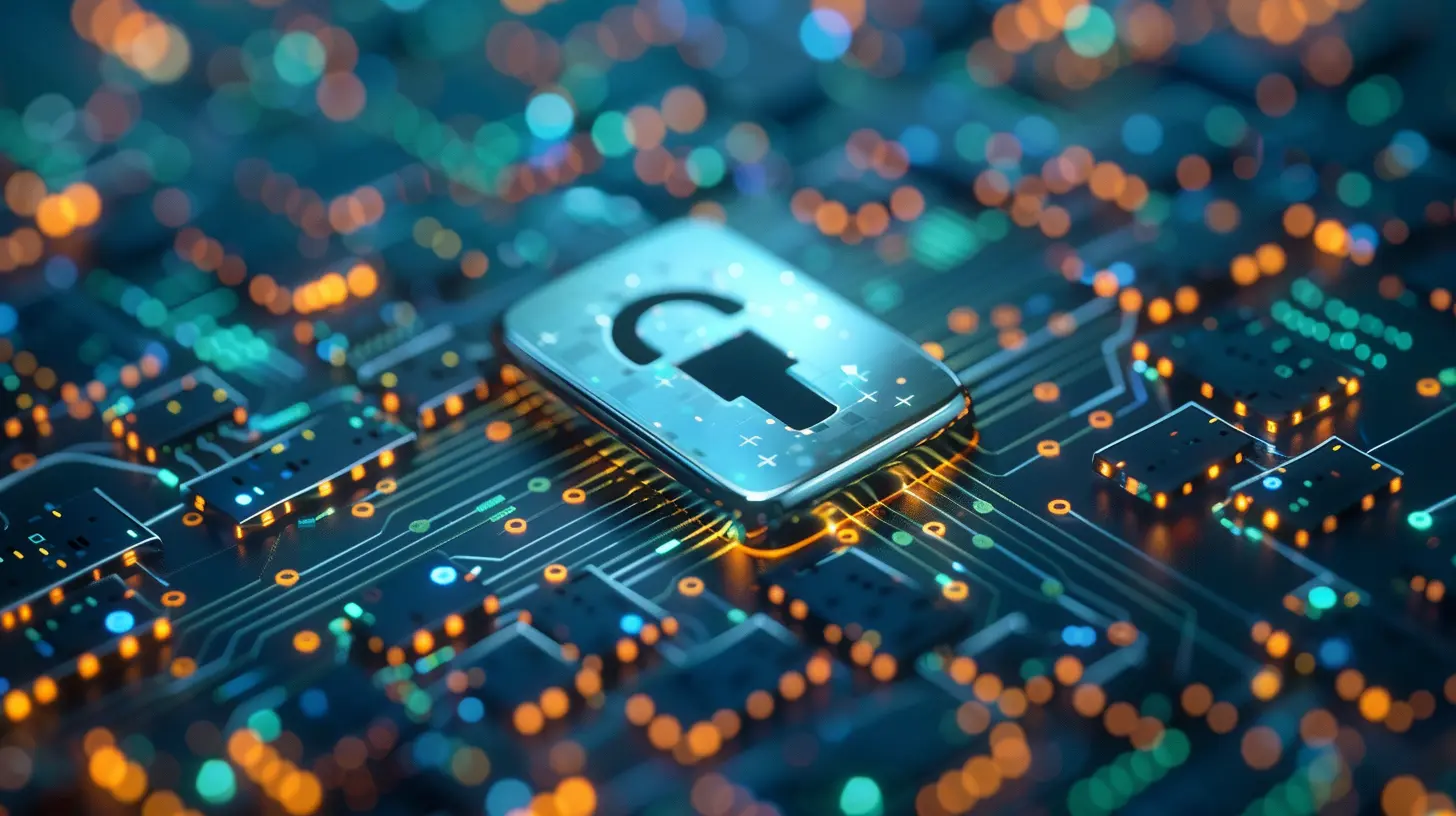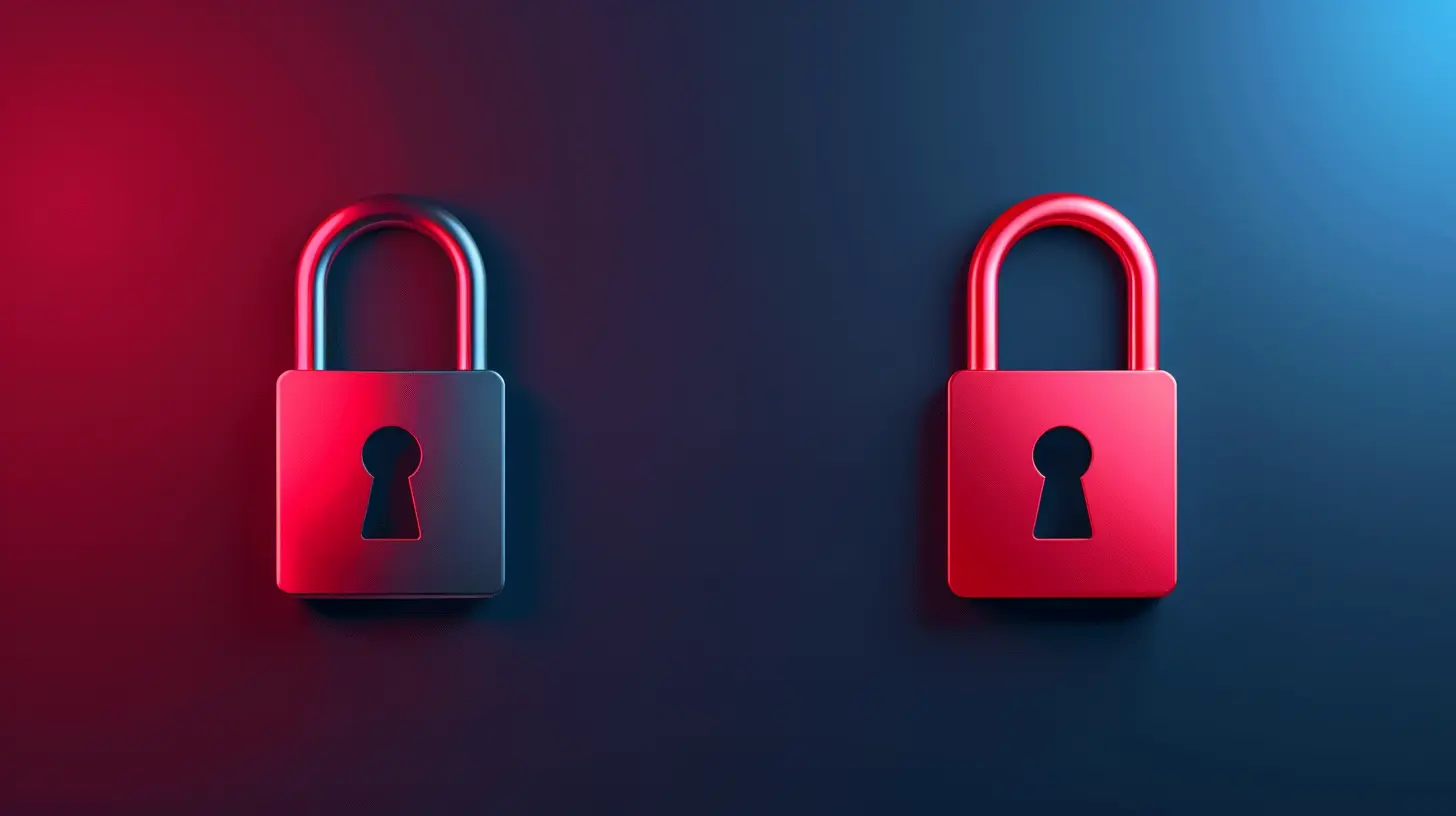How to Secure Data in Transit vs. Data at Rest
28 September 2025
Data security is crucial in today's digital landscape. Whether you're a business handling sensitive information or just an everyday internet user, keeping your data safe should be a top priority. But did you know that data security isn’t just about preventing breaches? It’s also about protecting data in two key states—data in transit and data at rest.
So, what’s the difference? And more importantly, how can you secure both? Let’s dive right in.
What Is Data in Transit?
Data in transit (also called data in motion) refers to information moving from one location to another. This could be data being sent over the internet, transferred between devices, or even emails traveling between servers.Think of it like sending a letter. When you drop a letter in the mail, it's in transit until it reaches its final destination. Similarly, your data moves across networks, making it vulnerable to interception by hackers.
Why Is Data in Transit Vulnerable?
Because data in transit moves across different networks—including public and private ones—it’s an easy target for cybercriminals. Here’s how attackers can compromise it:- Man-in-the-Middle (MitM) Attacks – Hackers intercept communications between two parties.
- Packet Sniffing – Attackers eavesdrop on data packets moving across a network.
- Session Hijacking – Cybercriminals take over an active communication session.
Without proper security, data in transit is like an open book for hackers.
How to Secure Data in Transit
Securing data in motion requires encryption, secure connections, and authentication methods. Here are the best ways to do it:1. Use End-to-End Encryption (E2EE)
Encryption ensures that even if attackers intercept your data, they can’t read it. End-to-end encryption (E2EE) keeps information encrypted while it's being transmitted.- SSL/TLS (Secure Sockets Layer & Transport Layer Security): Websites use SSL/TLS to encrypt data sent over the internet (that’s the little padlock in your browser’s address bar).
- VPN (Virtual Private Network): Encrypts all internet traffic, keeping it safe from prying eyes.
- Encrypted Messaging Apps: Apps like Signal and WhatsApp use E2EE to secure your conversations.
2. Use Secure Protocols
Always opt for secure communication protocols when transmitting data.- Use HTTPS instead of HTTP.
- Use SFTP (Secure File Transfer Protocol) instead of FTP.
- Use SSH (Secure Shell) for secure remote access.
3. Authenticate Users and Devices
Unauthorized access is a common issue. Strong authentication methods can ensure that only trusted users and devices can send or receive data.- Multi-Factor Authentication (MFA) – Adds an extra layer of security beyond just passwords.
- Digital Certificates – Verify the authenticity of users and systems.
4. Monitor Network Traffic
Using Intrusion Detection Systems (IDS) can help you spot suspicious activity and prevent attacks before they become full-blown breaches.5. Secure Wi-Fi Connections
Public Wi-Fi networks are playgrounds for hackers. If you must use public Wi-Fi, always:- Connect using a VPN.
- Avoid logging into banking or sensitive accounts.
- Disable automatic Wi-Fi connections.
What Is Data at Rest?
Data at rest refers to stored data that isn’t actively moving through networks. This includes files on hard drives, databases, cloud storage, and USB drives.If data in transit is like mailing a letter, data at rest is like storing that letter in a locked drawer. But just like any locked drawer, if someone has the key (or brute force), they can access it.
Why Is Data at Rest Vulnerable?
While data at rest isn’t moving, it’s still a prime target for hackers. Attackers might try:- Unauthorized Access – If data isn’t encrypted, hackers can steal it.
- Physical Theft – If a laptop or hard drive is stolen, unprotected data is exposed.
- Malware & Ransomware Attacks – Hackers can encrypt your own files and demand a ransom.
Without proper security, this data is an easy target for cybercriminals.
How to Secure Data at Rest
Just like securing data in transit, protecting stored data is all about encryption, access control, and physical security.1. Encrypt Stored Data
Encryption isn't just for transmitting data—it’s just as crucial for stored data.- Full Disk Encryption (FDE): Protects entire storage devices (e.g., BitLocker for Windows, FileVault for macOS).
- Database Encryption: Keeps sensitive information secure within databases.
- Cloud Storage Encryption: Secure your data before uploading it to the cloud.
2. Control Access with Strong Authentication
Only authorized individuals should have access to sensitive data. You can enforce:- Role-Based Access Control (RBAC): Limits access based on job roles.
- Multi-Factor Authentication (MFA): Adds extra verification steps.
- Biometric Security: Uses fingerprints or facial recognition for added protection.
3. Regularly Update Security Software
Cyber threats evolve every day. Keeping security software, operating systems, and firmware updated helps prevent vulnerabilities.4. Perform Regular Backups
Imagine losing all your data because of a ransomware attack. Regular backups ensure that even if you lose access, you can restore your files.- Use automated backups to avoid human error.
- Store backups offline or in a secure cloud.
- Follow the 3-2-1 rule: Keep 3 copies, on 2 different media, with 1 offsite.
5. Physically Secure Storage Devices
A stolen device can lead to a major data breach. Protect physical storage with:- Locked server rooms for on-premise storage.
- Secure USB drives with built-in encryption.
- Remote wipe capabilities for lost or stolen devices.
Data in Transit vs. Data at Rest: Key Differences
Still confused about the difference? Here’s a quick comparison:| Feature | Data in Transit | Data at Rest |
|---------------|---------------|-------------|
| State | Moving data | Stored data |
| Risk | Interception, hijacking | Unauthorized access, theft |
| Security Methods | Encryption (TLS, VPNs), Secure Protocols (HTTPS, SSH) | Full Disk Encryption, Access Controls |
| Example | Sending an email, transferring files | Data stored on a hard drive or cloud |
Final Thoughts
Data security isn’t a one-time effort—it’s an ongoing process. Whether your data is in transit or at rest, securing it is crucial in preventing cyberattacks, leaks, and unauthorized access.By encrypting data, using secure protocols, controlling access, and regularly updating your security practices, you can keep sensitive information safe from prying eyes.
So, next time you're sending an email or storing files on your computer, remember—data security starts with you. Stay safe online!
all images in this post were generated using AI tools
Category:
Data SecurityAuthor:

Reese McQuillan
Discussion
rate this article
1 comments
Zephyrine Lopez
Ah, securing data in transit versus at rest—who knew keeping our secrets safe was such a complex puzzle? It's almost like downloading an app to protect your other apps. But hey, at least we can finally stop hiding our snacks, right? Priorities!
October 4, 2025 at 3:37 AM

Reese McQuillan
Absolutely! Balancing data security is indeed complex, but it's essential for keeping both our digital and snack secrets safe. Thanks for the clever analogy!


